Introduction: One Father’s Historical Testimony Through His Camera
In July 1995, in the small town of Srebrenica, Bosnia and Herzegovina, the worst massacre in Europe since World War II took place. The father of a girl named Alisa, born to a Muslim father and Serbian mother, continued to record everything about this tragedy with his video camera.
His footage captured the daily lives of people who would lose their lives in the massacre, as well as final messages to his beloved daughter who had been evacuated outside the town. Why did this father keep filming in such extreme circumstances? This article delves deep into the historical background of the Srebrenica massacre and the truth that one father tried to convey through his footage.
What Was the Srebrenica Massacre?
Background of the Bosnian War
To understand the Srebrenica massacre, we must first know the background of the Bosnian War. From 1992 to 1995, following the collapse of the former Yugoslavia, a fierce ethnic conflict erupted in Bosnia and Herzegovina.
Three main ethnic groups coexisted in this region: Muslim Bosniaks, Orthodox Serbs, and Catholic Croats. Each ethnic group sought to establish its own state or territorial control, creating a complex structure of conflict.
The Collapse of the UN Safe Area
Srebrenica was designated as a “safe area” by the United Nations in 1993. This was a measure intended to protect civilians from combat, but on July 11, 1995, the Army of Republika Srpska (Bosnian Serb forces) led by Ratko Mladić captured the town.
Although a Dutch battalion of the United Nations Protection Force (UNPROFOR) was stationed there, they were unable to provide adequate defense, and approximately 25,000 residents were forced to flee. From there, a nightmarish massacre began.
Systematic Massacre Claiming Over 8,000 Lives
Serb forces systematically separated Bosniak men and boys from women and children. Over 8,000 men between the ages of 12 and 77 were killed within just a few days.
Bodies were buried in mass graves, and in some cases were later moved to other locations to destroy evidence. Excavation work continued into the 2000s, and many victims remain unidentified to this day.
The International Criminal Tribunal for the former Yugoslavia (ICTY) recognized this event as genocide, and those responsible received severe sentences.
Alisa of Mixed Heritage and Her Father’s Choice
A Family That Crossed Ethnic Boundaries
Alisa’s family symbolized the complexity of this conflict. A girl of both Muslim and Serbian blood—literally descended from both opposing camps. In peaceful times, she could have lived a rich life under parents with different cultural backgrounds.
However, as ethnic tensions escalated, such mixed families were placed in particularly difficult positions. They were viewed with suspicion by both sides and sometimes even regarded as enemies by both.
The Decision to Protect His Daughter
Before the siege began, the father made the painful decision to evacuate his daughter Alisa outside the town. This must have been an agonizing choice for him. The pain of being separated from his beloved daughter, and the fear that he might never see her again.
But the father prioritized protecting his daughter’s life above all else. Like many fathers who remained in Srebrenica, he had a desperate wish for at least the children to survive.
Why He Kept the Video Camera Rolling
From Hobby to Mission as Historical Witness
For the father, video recording was originally a hobby. He was likely an ordinary father recording family daily life and children’s growth. However, as the siege began and the situation worsened, his camera took on a different meaning.
He continued to record the images of people who would lose their lives in the massacre. People terrified, people desperately trying to survive, people who nevertheless did not lose their dignity as human beings.
A Sense of Mission to Preserve the Truth
Why did he keep filming in such extreme circumstances? Perhaps it was because what was happening was so unbelievable that he feared future generations might not believe it unless it was recorded.
Those perpetrating the massacre try to destroy evidence. They dig up mass graves and move bodies, or try to eliminate witnesses. In such circumstances, video records become irrefutable evidence. Even knowing his own life was in danger, the father chose the mission of recording the truth.
Messages Full of Love for His Daughter
And the father also left footage for his evacuated daughter Alisa. These were messages filled with love. He probably sensed that he would not survive.
That’s why he entrusted his thoughts as a father to the footage for his daughter to see when she grew up. We can imagine messages like “I love you,” “I want you to live strong,” and “Never lose your humanity no matter what happens.”
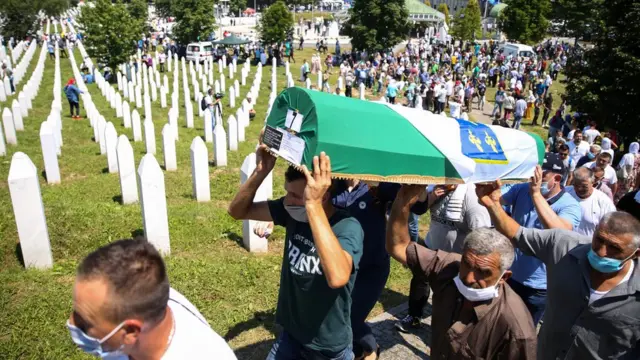
Four Messages the Father Tried to Convey
1. Recording as a Historical Witness
The father’s footage became valuable evidence proving what actually happened in Srebrenica. In trials at the International Criminal Tribunal and in historical research, such primary sources hold immeasurable value.
Forces attempting to deny the massacre still exist today. However, video records left by the victims themselves become powerful weapons to refute the claims of deniers.
2. Recording Human Dignity
How people in extreme circumstances acted, what they thought, and how they lived. The father’s footage is not merely a record of tragedy, but also a record of human dignity and strength.
Even in the fear of death, people helped each other, protected children, and did not lose their humanity. By recording such scenes, the father may have tried to convey to future generations the potential and strength of humanity.
3. Eternal Love for His Daughter
The footage left for Alisa was the father’s personal message. So that even after he was gone, his daughter could feel her father’s love through the footage. So she could hear his voice, see his face, and know that her father truly existed and loved her.
This was the final expression of love that a father facing death could offer.
4. A Prayer for Peace and Reconciliation
As a father with a mixed-heritage daughter, he must have understood the foolishness of ethnic conflict better than anyone. For him, who loved his Serbian wife and cherished their daughter above all else, hating people because of ethnic differences must have been incomprehensible.
By leaving footage, he may have wanted to appeal to future generations about the importance of peace and the need to break the chain of hatred.
What the Srebrenica Massacre Asks of the Modern World
Massacre Is Not a Thing of the Past
Nearly 30 years have passed since the Srebrenica massacre, but this tragedy can never be dismissed as merely a historical event. Ethnic and religious conflicts continue around the world today, with civilian casualties occurring endlessly.
From the Syrian Civil War to the Rohingya crisis in Myanmar to the conflict in Ukraine, similar tragedies are being repeated in modern times. The lessons to be learned from Srebrenica have not lost their importance.
The Meaning of “Never Forget”
Every year on July 11, memorial ceremonies are held in Srebrenica. The burial of newly identified victims continues. Under the slogan “Never Forget,” survivors and bereaved families continue activities to preserve memory.
Records like the footage left by the father play an extremely important role in this “never forget” activity. As time passes, direct witnesses decrease. However, records such as footage, photographs, and documents can continue to tell the truth forever.
The Responsibility of the International Community
The tragedy of Srebrenica was also a failure of the international community. The massacre could not be prevented even though it was a UN safe area, sufficient military force was not deployed, and early warning signs were missed.
From this lesson, the international community developed the concept of “Responsibility to Protect.” The idea is that even in sovereign states, if they cannot or will not protect their own citizens, or if they attack them, the international community has a responsibility to intervene.
Alisa’s Aftermath and the Inheritance of Memory
The Daughter Who Inherited Her Father’s Footage
Specific information about Alisa’s subsequent life is limited. However, the footage her father left must have been an invaluable gift to her.
She could see her father’s face and hear his voice. She could confirm that she was loved. And she could know what her father fought for and what he believed in at the end. This is a rare treasure for many children who lost parents in war.
Passing It On to the Next Generation
The generation that experienced the tragedy of Srebrenica is aging. That’s why passing memory on to the next generation is becoming increasingly important.
Efforts to preserve memory continue in various forms, including school education initiatives, establishment of museums and memorial sites, and documentation of testimonies. Video records left by individuals like the father also become valuable educational materials in such inheritance activities.
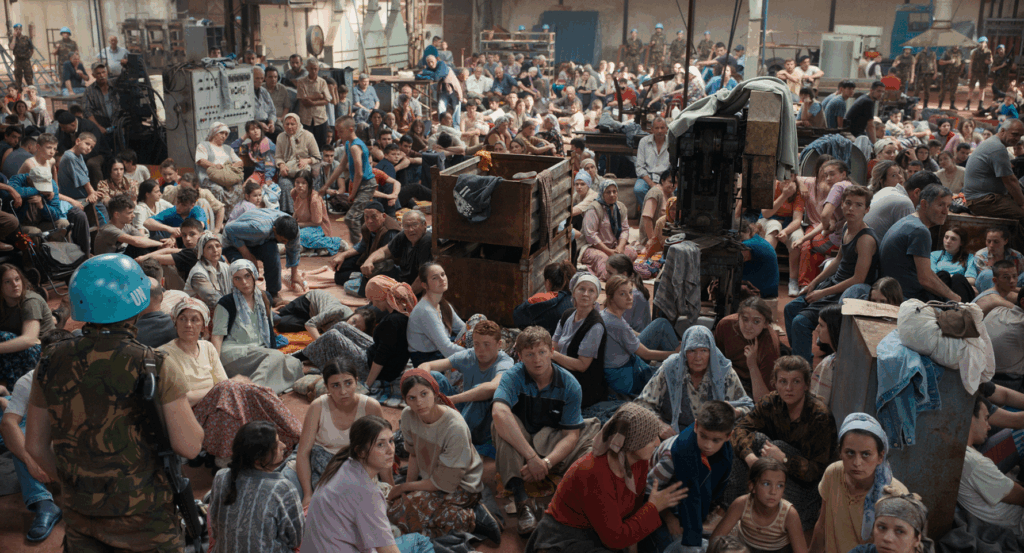
Conclusion: The Universal Message Conveyed by One Father’s Courage
The story of one father who kept his video camera rolling during the massacre in Srebrenica teaches us many things.
The footage he recorded was historical testimony, a final message to his beloved daughter, proof of human dignity, and a prayer for peace. Even when placed in extreme circumstances, people can record the truth, think of loved ones, and continue to hold hope for the future. This may be the most powerful message conveyed by his footage.
The very existence of Alisa, born to a Muslim father and Serbian mother, demonstrates the possibility of love transcending ethnic boundaries. The footage the father left for his daughter quietly yet powerfully continues to speak of love, not hatred, as the essence of humanity.
What each of us can do is learn this history, remember it, and act to ensure the same mistakes are never repeated. To not waste the records left at the cost of life by the father in Srebrenica, we must continue to walk the path of peace and reconciliation.
That would be the greatest tribute to the father who kept filming, and to all those who lost their lives in the massacre.
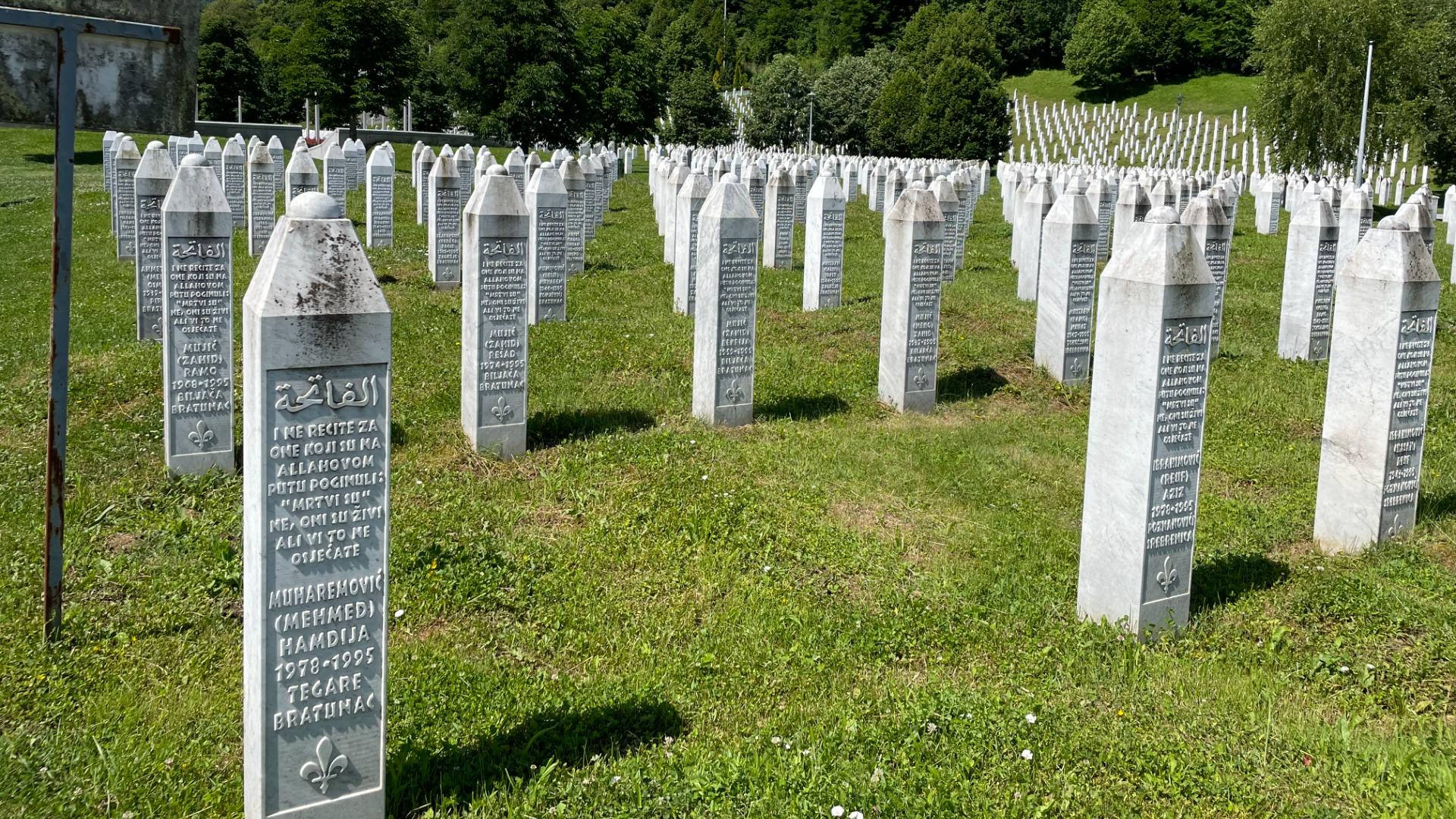
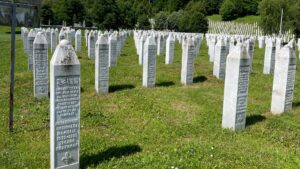
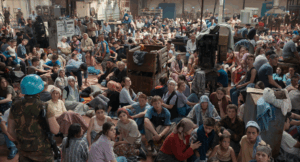









コメント